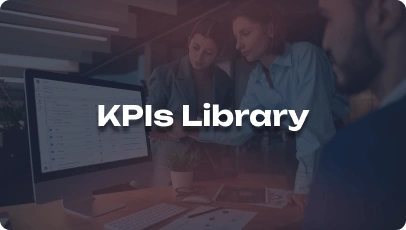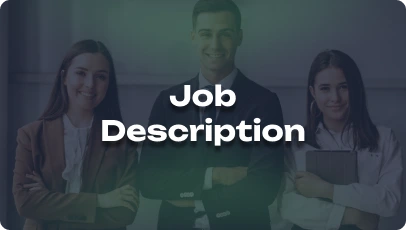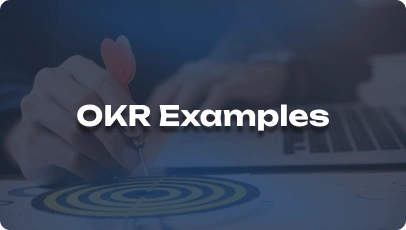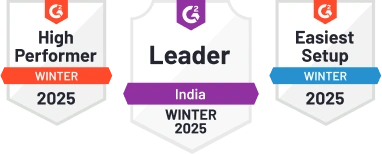Preparing for Your UX Designer Interview Questions
Review Your UX Design Experience
Be ready to discuss your previous experience in UX design, highlighting successful projects and your role in achieving user-centric design solutions.
Familiarize Yourself with UX Design Tools and Methods
Ensure you’re familiar with popular UX design tools such as Sketch, Adobe XD, Figma, and InVision, as well as UX design methods like user research, wireframing, prototyping, and usability testing.
Understand UX Design Principles and Best Practices
Brush up on fundamental UX design principles such as user empathy, user-centered design, information architecture, interaction design, and visual design, and be prepared to discuss how you apply them in your work.
Common UX Designer Interview Questions
To excel in your UX designer interview, you should be ready to answer some common questions:
- Can you walk us through your design process?
Discuss your approach to UX design, including how you gather user requirements, conduct research, ideate, prototype, and iterate on designs based on user feedback.
- How do you prioritize features in a product design?
Explain your process for prioritizing features based on user needs, business goals, technical constraints, and other relevant factors.
- Can you discuss a challenging design problem you faced and how you solved it?
Share a specific example of a design challenge you encountered, the steps you took to address it, and the outcome of your solution.
- How do you incorporate user feedback into your designs?
Discuss your methods for collecting and synthesizing user feedback, and how you use it to iterate on designs and improve the user experience.
Learn all HR terms with Superworks
From hiring to retiring, manage your entire business with one tool.
Design and Portfolio Questions
UX designers should be able to showcase their design skills and portfolio effectively. Be prepared to answer questions related to your design work:
- Can you talk about a project in your portfolio and the design decisions you made?
Walk the interviewer through one of your portfolio projects, explaining the design decisions you made and the reasoning behind them.
- How do you approach creating wireframes and prototypes?
Discuss your process for creating wireframes and prototypes, including the tools you use and the considerations you take into account during the design phase.
- How do you ensure your designs are accessible and inclusive?
Explain your approach to designing for accessibility and inclusivity, including considerations for users with disabilities and diverse backgrounds.
Questions to Ask the Interviewer
Use the interview as an opportunity to gain insights into the company and the role. Ask thoughtful questions to demonstrate your interest:
- Can you tell me about the company’s approach to UX design and its importance within the organization?
Gain insights into how UX design is valued and integrated into the company’s culture and processes.
- What opportunities are there for collaboration with cross-functional teams?
Gain insights into how UX design is valued and integrated into the company’s culture and processes.
- Can you describe the onboarding process for new UX designers?
Gain insights into what to expect as a new UX designer joining the team, including training, mentorship, and resources available for professional development.
Tips for a Successful UX Designer Interview
Before concluding, here are some additional tips to ensure a successful interview:
- Dress Professionally and Appropriately – Choose attire that aligns with the company culture, opting for a polished and professional appearance.
- Demonstrate Enthusiasm and Passion for UX Design – Showcase your passion for UX design and your eagerness to contribute to the company’s success throughout the interview.
- Follow Up with a Thank-You Email – Send a thank-you email after the interview to express your appreciation and reiterate your interest in the UX designer role.
Conclusion
Preparing for a UX designer interview requires a strong understanding of UX design principles, methods, and best practices, as well as the ability to effectively communicate your design process and showcase your portfolio. By following the advice and tips outlined in this guide, you’ll be well-prepared to tackle common interview questions, demonstrate your expertise in UX design, and make a positive impression on potential employers. Good luck!







